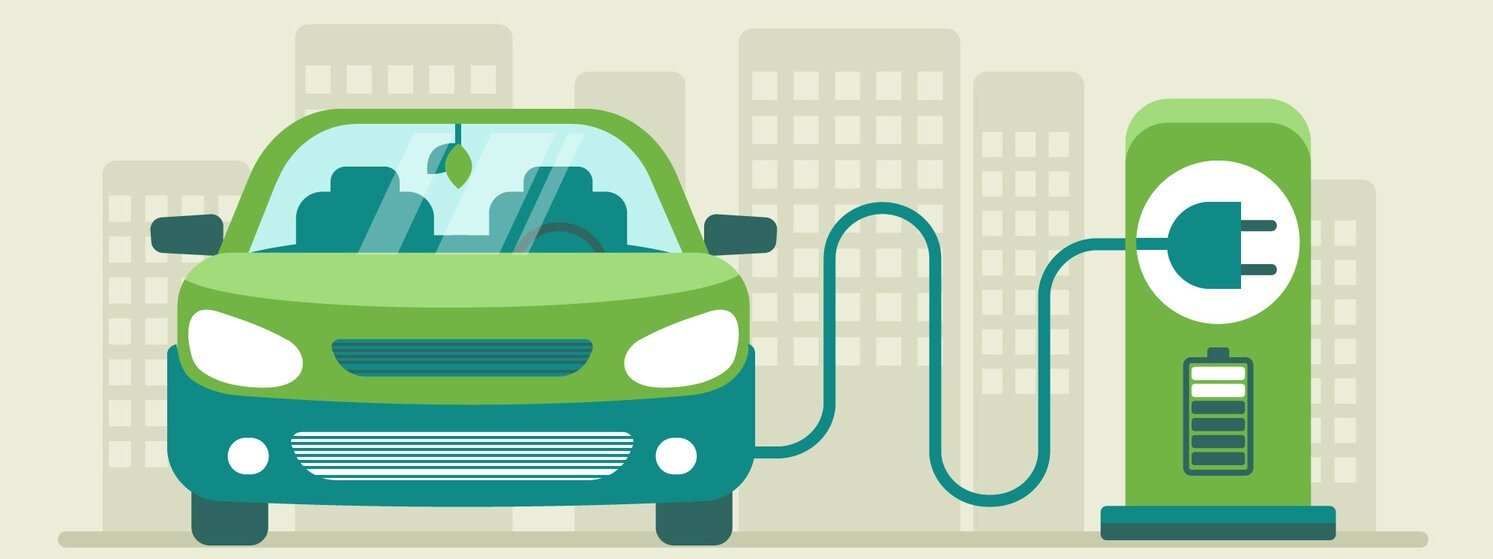What does the electric future look like for first time drivers?
Let’s fast forward to 2040, internal combustion engines have become a thing of the past like Bakelite round dial telephones, the garages have fewer mechanics and more electricians, the VW beetle is now more akin to the Benz Patent Motor Car, electric cars are almost exclusively on Britain’s roads. So where does this leave the new generation of first-time drivers?
Buying a car, it’s a costly expense, especially for a first-time buyer. At the time of writing one of the cheapest used electric cars on the is the Nissan Leaf which currently has a range of under 100 miles and is sold around the £4000 mark for a 2012 reg. When these vehicles came out the cost was a staggering £26490, which means in 11 years the Nissan Leaf has depreciated by over 84%. The second cheapest electric car on the market currently is the Renault ZOE, these are in the upper £4k mark to the lower £5k mark and again that is with a range of under 100 miles. In 2013 a new Renault ZOE would have cost just under £14000, so in 10 years these have depreciated by around 61%. Let us take one more model and have check, the BMW I3, these are currently around £8000 for a 2015 model and will achieve around 100 miles of range. At the time in 2015 they were £32,350 so in 9 years they have depreciated by 75%.
Depreciation affects ICE and Electric vehicles alike, so electric car ownership won’t very likely be unaffordable for first-time drivers in 2040.
For first-time drivers, normally the requirement for the first car is typically a small hatchback which is also cheap to run, currently at Perrys our cheapest used Electric Car is a Vauxhall Corsa around the £15,500 mark from 2020.
Let’s also look at the facts, electric cars are not a new thing! in 1884, the first electric car was produced in Wolverhampton, and from the 1890s in the USA. In the early 1900 Henry Ford teamed up with Thomas Edison to produce an electric car, but due to the Model T being quite popular and petrol being rather cheap at the time put this on the back burner. In 2008 the first Tesla was made available to customers, and since 2010 the charging network has dramatically improved, not only by accessibility but by speed. If you’d like to know more about the history of electric cars click here.
Back in Britain in the early 1900s, petrol stations were not a thing until 1919 or so, back in those days motorists could only buy petrol in 2-gallon cans from the chemist or a hotel.
So, what does the electric future look like for first-time drivers in the 2040s? … We think not so different to now!
Tags: *electric_cars *ev *driving_education *first_time_driver


